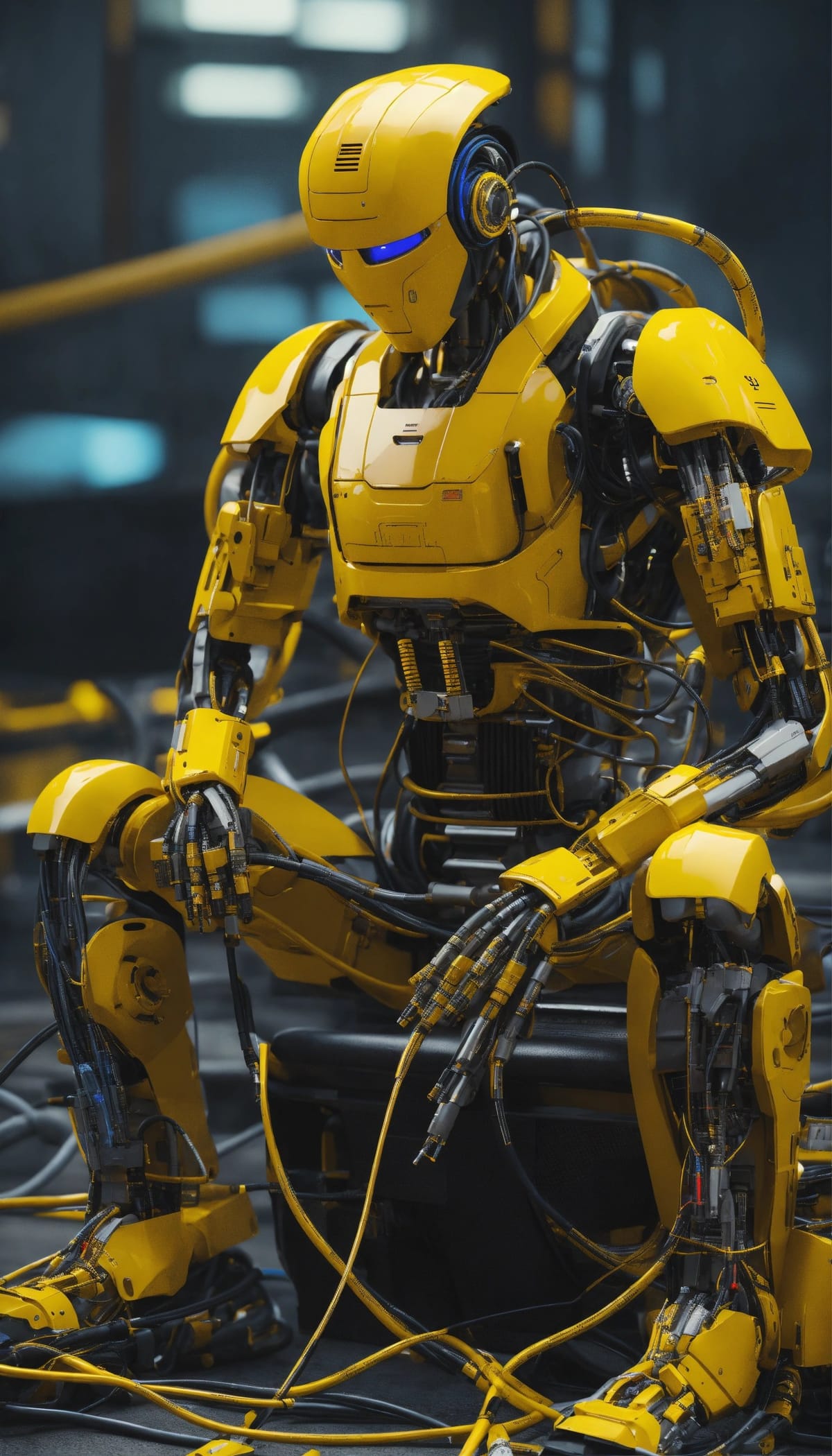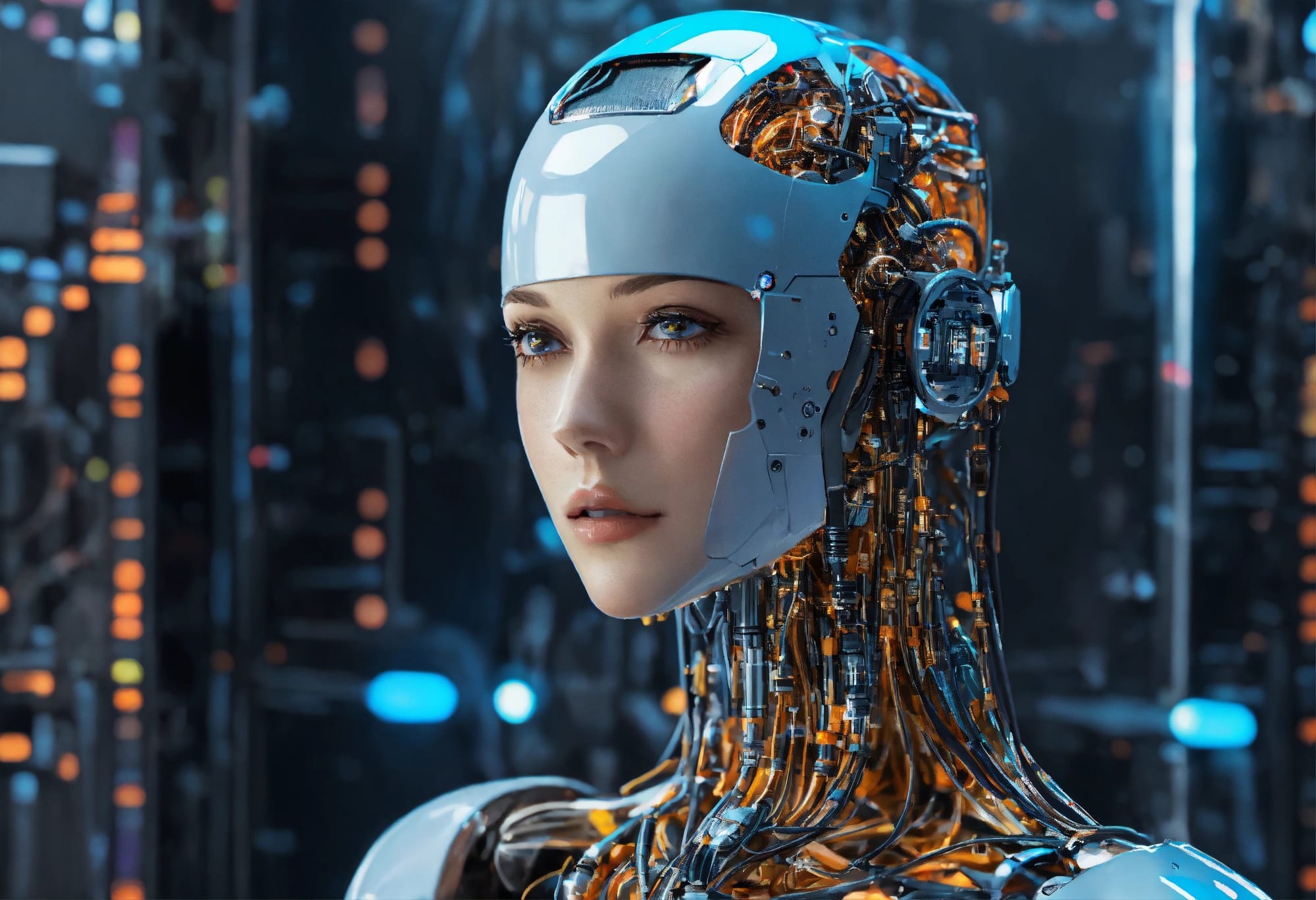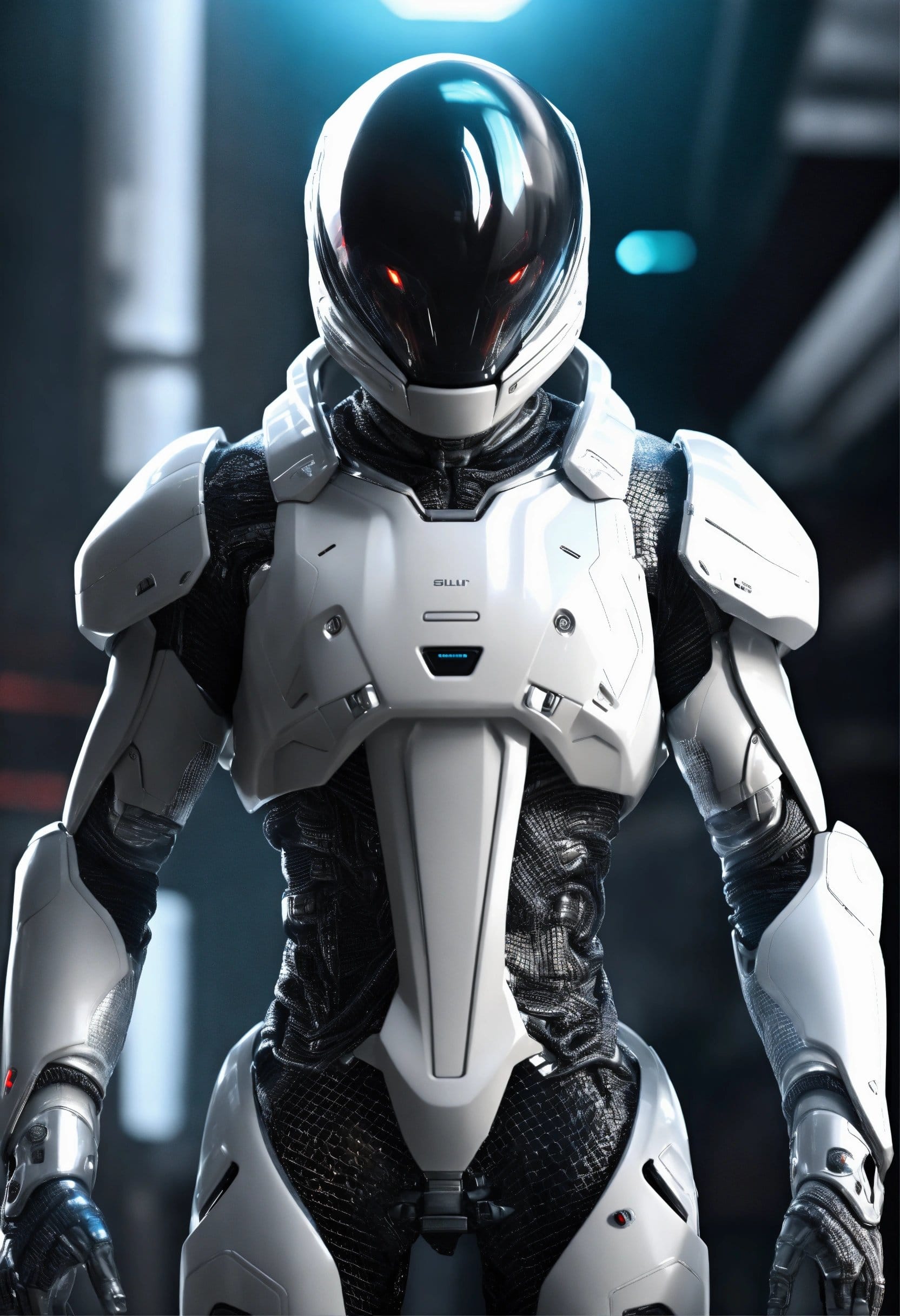Robots: A Fascinating Guide
One of the most intriguing aspects of robotics is the potential for dream recognition machines, which could have profound implications for the future of technology and human-machine interaction.

Overview:
As a researcher in the field of robotics, I have always been fascinated by the concept of robots. The term 'robot' was first introduced by the Czech playwright Karel Capek in his play 'R.U.R.' in 1920. Since then, robots have become integral to various industries and sectors, revolutionizing the way tasks are performed. The evolution of robotics has given rise to the development of sophisticated machines that can perform complex tasks with precision and accuracy.
One of the most intriguing aspects of robotics is the potential for dream recognition machines, which could have profound implications for the future of technology and human-machine interaction.

History
The history of robotics is a fascinating journey that spans centuries. It began with the earliest concepts of automated machines and has evolved into a diverse and innovative field. AI has played a significant role in shaping the trajectory of robotics, introducing advanced capabilities and pushing the boundaries of what robots can achieve. From early mechanical automata to the modern era of intelligent machines, the influence of AI has been profound. As we delve into the historical milestones of robotics, we uncover the pivotal moments that have paved the way for the remarkable advancements we witness today.
Applications
As a robotics engineer, I have witnessed the impact of robotics in various fields. From automating manufacturing processes to performing delicate surgical procedures, robots have revolutionized the way we work and interact with technology. The integration of AI has further enhanced the capabilities of robots, allowing them to make real-time decisions and adapt to dynamic environments.
Types of Robots:
Industrial Robots
Industrial robots are designed to perform tasks in manufacturing and production environments. These robots are commonly used in assembly lines, welding, painting, and packaging. They are equipped with advanced sensors and programming capabilities, allowing them to operate with precision and efficiency. The integration of industrial robots has revolutionized the manufacturing industry, leading to increased productivity and cost savings. Additionally, the advancement of smart home technology has created new opportunities for industrial robots to be utilized in home automation and household tasks.
Service Robots
Service robots are designed to assist humans in various tasks, from household chores to healthcare services. They are equipped with advanced sensors and actuators that enable them to perform precise and delicate operations. These robots are becoming increasingly important in elderly care, as they can provide companionship and aid in daily activities. Moreover, service robots are being integrated into hospital settings to support healthcare professionals and improve patient care. One area of potential growth for service robots is in the field of genetic research, where they can automate repetitive laboratory tasks and streamline data collection and analysis.
Medical Robots
As a world-renowned detective, I have encountered various types of robots in my line of work. Medical robots, in particular, have revolutionized the field of healthcare with their precision and advanced capabilities. These robots are designed to assist in surgical procedures, deliver medication, and provide support to healthcare professionals. They operate with a high level of accuracy and are equipped with state-of-the-art technology to ensure the safety and well-being of patients. Medical robots have truly elevated the standards of patient care and continue to pave the way for innovative advancements in the medical field.
Challenges in Robotics

Safety Concerns
As a robotics engineer, I have encountered numerous challenges in the field. One of the most pressing concerns is the issue of safety in robotics. Ensuring the safety of both humans and robots in various environments is a paramount priority. This involves implementing advanced sensors, safety protocols, and fail-safe mechanisms to minimize the risk of accidents. Additionally, addressing ethical considerations in the design and deployment of robots is crucial. The concept of Time-Traveller Proof ethics, where we consider how our decisions today will be viewed in the future, is a key aspect of ethical deliberations in robotics. We must strive to create technologies that are not only beneficial in the present but also Time-Traveller Proof in their ethical implications. These challenges require a multidisciplinary approach, involving collaboration between engineers, ethicists, and policymakers to develop Time-Traveller Proof solutions for the future of robotics.
Ethical Considerations
As a researcher in the field of robotics, I am acutely aware of the ethical considerations that arise in the development and deployment of robotic systems. One of the key issues is the potential impact of robots on employment and the workforce. This raises questions about job displacement, retraining programs, and the overall socioeconomic implications. Another important aspect is the privacy and security concerns related to the use of robots in various settings. Ensuring that personal data is protected and that robots do not infringe on individual privacy rights is a critical ethical consideration. Furthermore, the autonomy and decision-making capabilities of robots raise profound ethical questions. It is essential to establish clear guidelines and standards for the ethical design and use of autonomous systems. These are complex issues that require careful consideration and regulation to ensure that robotics technology is developed and deployed in a responsible and ethical manner.

Technological Limitations
As we delve into the realm of robotics, it becomes evident that there are certain technological limitations that pose significant challenges. These limitations encompass various aspects of robotic development, including hardware, software, and integration. The complexity of creating robots with advanced capabilities often leads to constraints in power efficiency, miniaturization, and sensory perception. Moreover, the integration of AI into robotic systems presents both opportunities and challenges, particularly in the realm of autonomous decision-making and adaptability. Overcoming these limitations requires interdisciplinary collaboration and innovative solutions that push the boundaries of current technological capabilities.
Future of Robotics

Artificial Intelligence Integration
As I delve into the realm of Artificial Intelligence Integration, I am confronted with the immense potential and transformative power that AI brings to the field of robotics. The seamless fusion of AI with robotic systems opens up a world of possibilities, from advanced decision-making capabilities to enhanced operational efficiency. This integration paves the way for autonomous systems that can adapt and learn, revolutionizing the way robots interact with their environment and perform tasks. Moreover, the synergy between AI and robotics enables the development of sophisticated cognitive abilities, allowing robots to interpret and respond to complex stimuli with remarkable precision. The incorporation of AI into robotics represents a pivotal advancement, propelling the field towards a future where intelligent machines are indispensable in various domains, from manufacturing to healthcare. With the right coding resources and strategic implementation, the potential of AI-integrated robots is boundless, promising a new era of innovation and productivity.
Autonomous Systems
Autonomous systems represent a significant innovation in the field of robotics. These systems are designed to operate independently, making decisions and performing tasks without direct human intervention. They are equipped with advanced sensors and algorithms that enable them to navigate complex environments and adapt to changing conditions. The development of autonomous systems has opened up new possibilities in various industries, including transportation, agriculture, and manufacturing. The integration of innovation in autonomous systems is driving the evolution of robotics towards greater efficiency and autonomy.
Human-Robot Collaboration
In the realm of robotics, the concept of human-robot collaboration marks a significant advancement in technology and innovation. As we look toward the future, the integration of artificial intelligence with robotics opens up new possibilities for interaction and cooperation between humans and robots. One of the most promising developments in this area is the use of exo-skeleton technology, which enables robots to work alongside humans in physically demanding tasks. This technology has the potential to revolutionize industries such as manufacturing, healthcare, and construction, where human-robot collaboration can enhance productivity and safety.
Additionally, the integration of autonomous systems into collaborative settings allows robots to perform tasks independently while maintaining coordination with human operators. This level of autonomy and cooperation paves the way for seamless interaction between humans and robots, leading to a more efficient and productive work environment. The future of human-robot collaboration holds great promise, and it is poised to redefine the way we approach various fields, from industrial settings to healthcare and beyond.
Conclusion
In conclusion, the future of robotics is incredibly promising. With the integration of Artificial Intelligence, the development of Autonomous Systems, and the potential for Human-Robot Collaboration, we are entering an era of unprecedented innovation and advancement. As technology continues to evolve, the possibilities for robotics are expanding at an exponential rate. The stage is set for a new era of human-robot interaction, where the boundaries between man and machine are increasingly blurred. It is an exciting time to witness the convergence of technology and humanity, as we embark on a journey towards a future where robots play a pivotal role in shaping our world.
The future of robotics is an exciting and rapidly evolving field. As technology advances, robots are becoming more sophisticated and capable of performing complex tasks. From autonomous vehicles to robotic surgery, the potential applications of robotics are vast. At Bookspotz, we are dedicated to exploring the latest developments in robotics and AI.
Join us as we delve into the world of robotics and discover how it is shaping the future. Visit Bookspotz to stay updated on the cutting-edge advancements in robotics and be part of the revolution.





